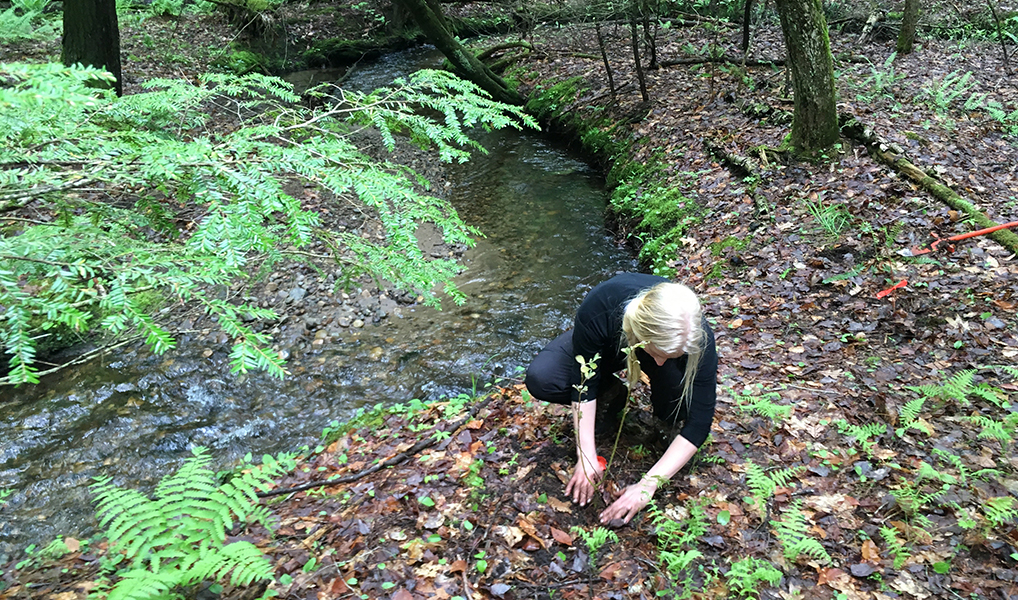STEWARDSHIP
Stewardship on Lake George is a blend of property management, active biological management, ecological monitoring and research.
The goal of land stewardship for the Lake George Land Conservancy is to protect the water quality of Lake George through land management practices and to sustain the existing diversity of species and natural processes that shape a landscape, or to restore them where they have been removed.
Most preserves are too small and fragmented to host all natural processes to which flora and fauna are adapted and under which the species evolved. Therefore, many preserves need active biological management to maintain their native species and natural communities.
Want to learn more? Watch our video spotlighting the importance of stewardship and education or follow our land steward Alex Novick on Instagram, @LGLC_Stewardship!

Protecting the land that protects the lake since 1988. The Lake George Land Conservancy is an accredited not-for-profit land trust dedicated to working with willing landowners and other partners to protect the world-renowned water quality of Lake George and to permanently preserve the natural, scenic, historical and recreational resources of the Lake George Region.
Notifications